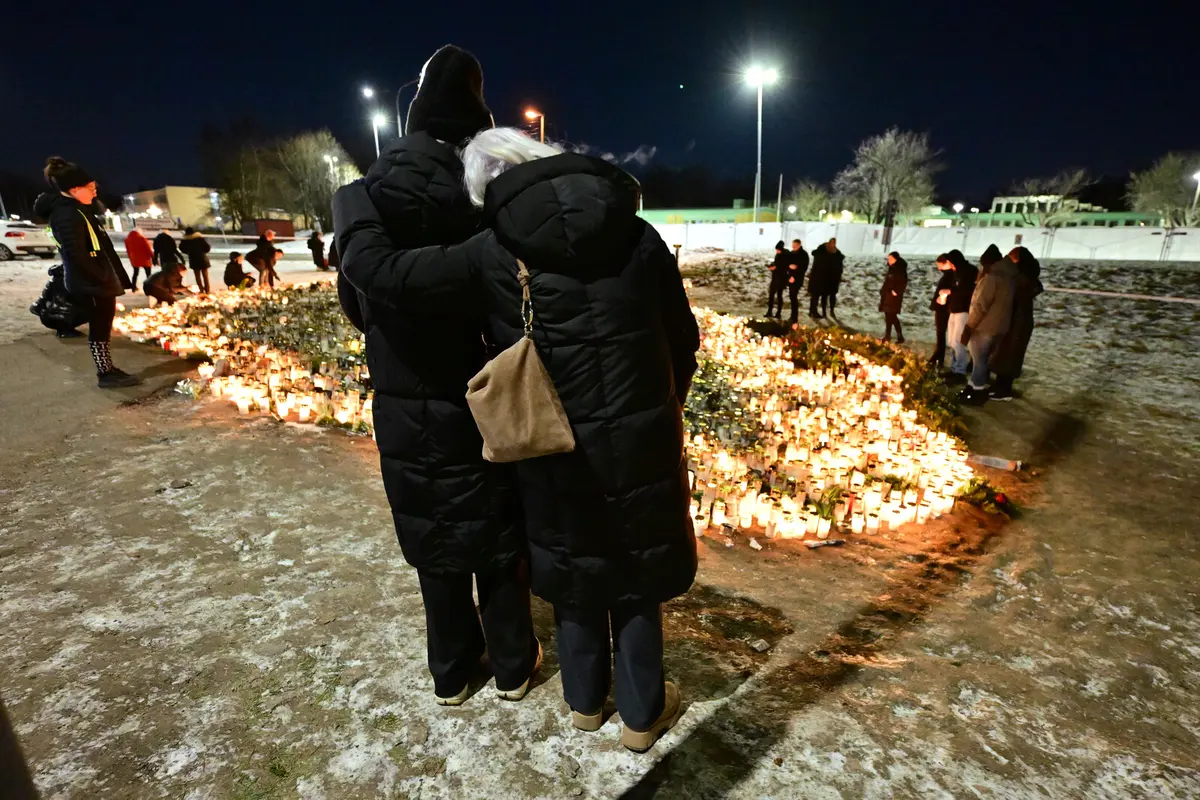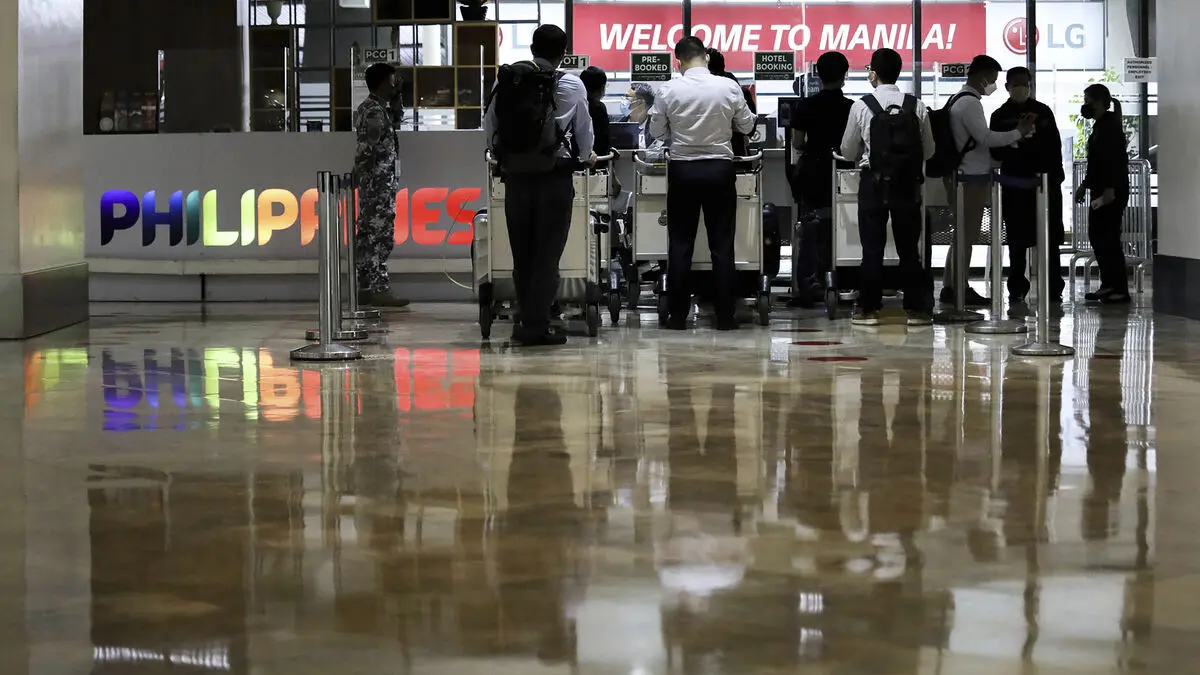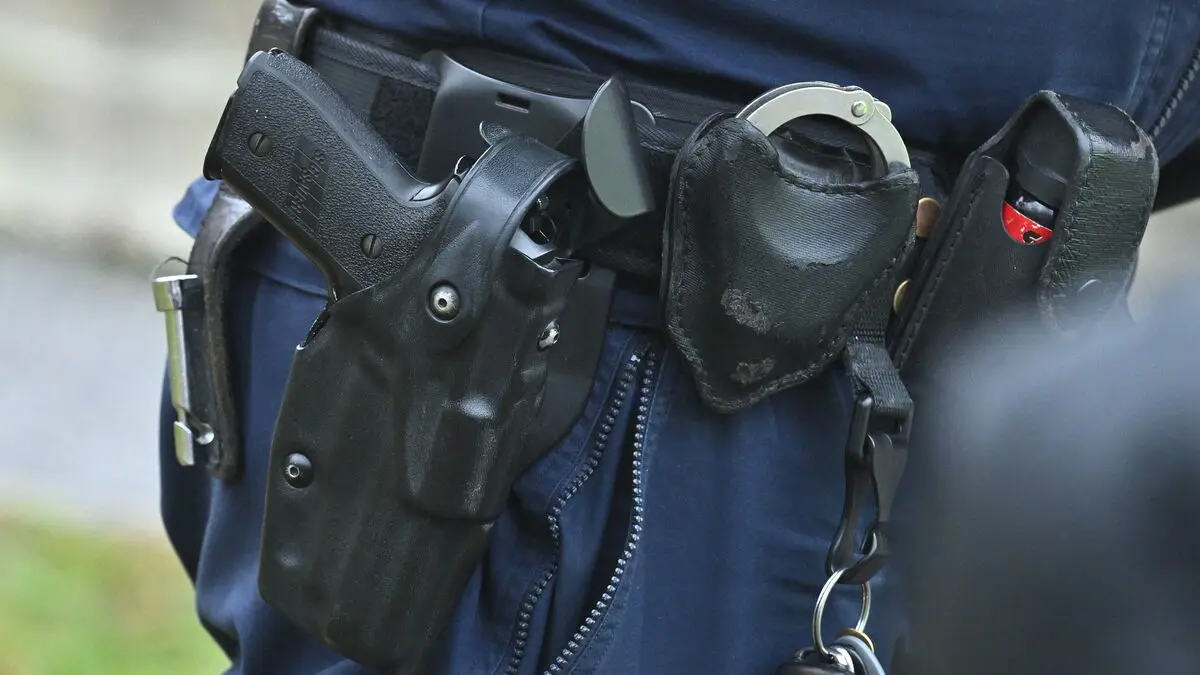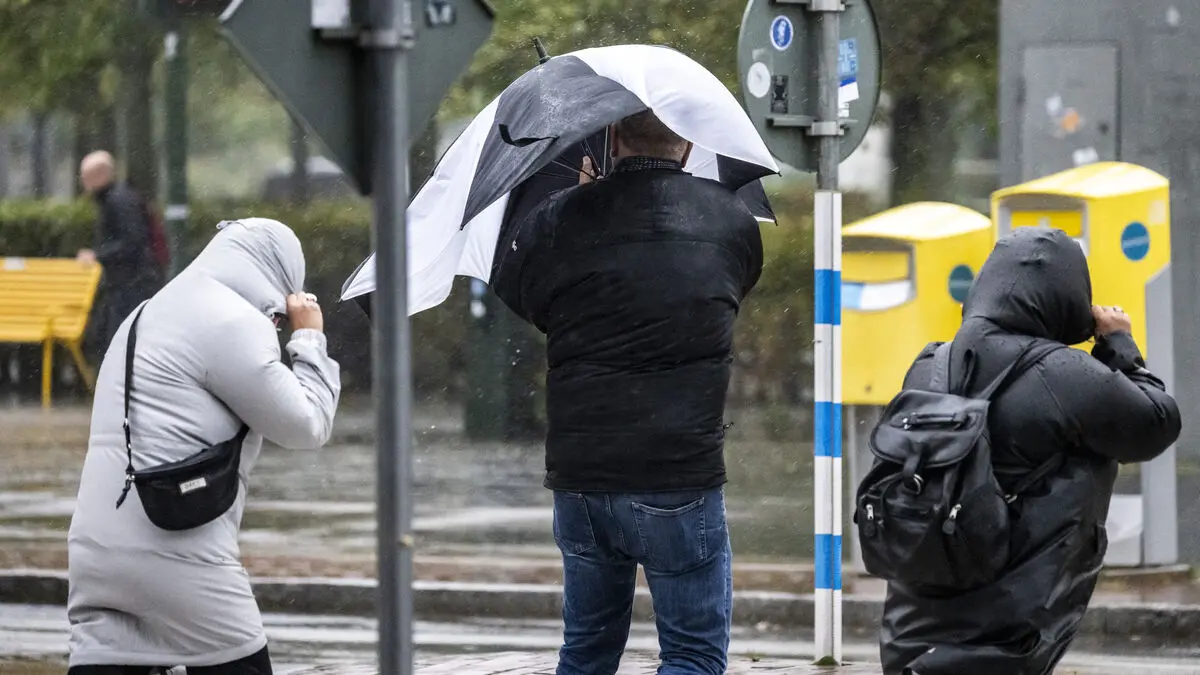More than two weeks after the worst school shooting in Swedish history, both the police and those affected are seeking answers. Why did Rickard Andersson go to school and shoot indiscriminately at other people? And could it have been stopped?
It's often talked about that school shooters have flown under the radar. But then we need to adjust the radar so that it picks up other signals, says Charlotta Thodelius, associate professor of criminology at the University of Borås.
Often, resources and attention are directed towards the outgoing, but we may need to focus more on those who are quiet, she says.
She has researched deadly violence in school environments and describes five conditions that are often met by those who commit such unimaginable acts of violence.
Social marginalization
The first is that the person experiences extreme social marginalization and does not feel that they belong anywhere. The second is a psychosocial vulnerability that makes it difficult to handle the exclusion.
The perpetrators rarely have a established psychiatric diagnosis, but in hindsight, it may emerge that they suffered from depression and suicidal thoughts, says Charlotta Thodelius.
The third concerns what methods one sees as the best way to solve problems. In research, this is called cultural script.
Everyone has a cultural script that is built on many parts. For example, how one has seen parents and other adults resolve conflicts.
Inspiration can also be drawn from various ideologies, online forums, and popular culture such as films, games, and music. For the perpetrators, the cultural script is linked to violent solutions and has an element of martyrdom.
The Cartwright Brothers
The cultural script is often time-bound when it comes to popular cultural references. In the 1960s, it could be the cowboy series "The Cartwright Brothers" and in the 1990s, it was the film "Natural Born Killers" that emerged as a reference.
It doesn't mean that a violent game or a certain music leads to violence, but it can be used by those who already have such thoughts as a way to justify violence, says Charlotta Thodelius.
The fourth is that the individuals go under the radar and have not been detected by family, school, or police, despite the planning often having been going on for a longer period. The fifth is access to weapons. All these pieces run parallel, and it's not things that happen overnight. One or two may not be alarming. That a teenager starts dressing differently or behaving in a new way is also common.
Therefore, it's so important that there is someone who can put the puzzle pieces together, says Lisa Kaati, lecturer at Stockholm University.
She herself researches developing techniques for threat assessments and identifying threats in digital environments.
But not everything happens digitally. In the USA, where they have come a long way, they work with special threat assessment teams at schools to catch students with risk behaviors and provide the right type of support, she says.
These so-called "behavior threat assessment and management teams" can consist of school staff, but also police and healthcare professionals. One purpose is to get a comprehensive picture. And also, so that classmates or others have somewhere to turn if they experience that someone is behaving threateningly. If someone in one's environment starts expressing aggressive thoughts, it's not a police report that is closest at hand.
Don't want to snitch
Many also find it extremely difficult to snitch and tell about what they perceive as threatening or strange to a teacher or parent. You think it's just a joke or that someone is just weird. Then, these teams can function as a more neutral alternative to share with.
In the Örebro case, the perpetrator is described by former classmates and teachers as very introverted and withdrawn from high school. There are stories about him often holding his hand over his mouth when he spoke and hiding his face in a hoodie. He had incomplete grades in both high school and upper secondary school and made several failed attempts at komvux.
We know that many of those who commit school violence feel misunderstood and failed. Striving to ensure that people don't end up in situations where they feel humiliated and offended is very important, says Lisa Kaati.
She points out that the demands placed on an individual by society can sometimes be difficult to live up to. A person who has great difficulty talking to others – is it reasonable to demand that they apply for a certain number of jobs?
Not everyone is cast in the same mold, and more flexible and individualized support is needed. The one who already feels marginalized and without connections becomes even more confirmed in their conviction by more failures, she says.
Charlotta Thodelius emphasizes that the conditions individually do not mean that someone will commit an act of violence, but that they can be parts of a decisive process.
It's about people who don't see any other way out than to commit an act of violence and maybe end their own life.





